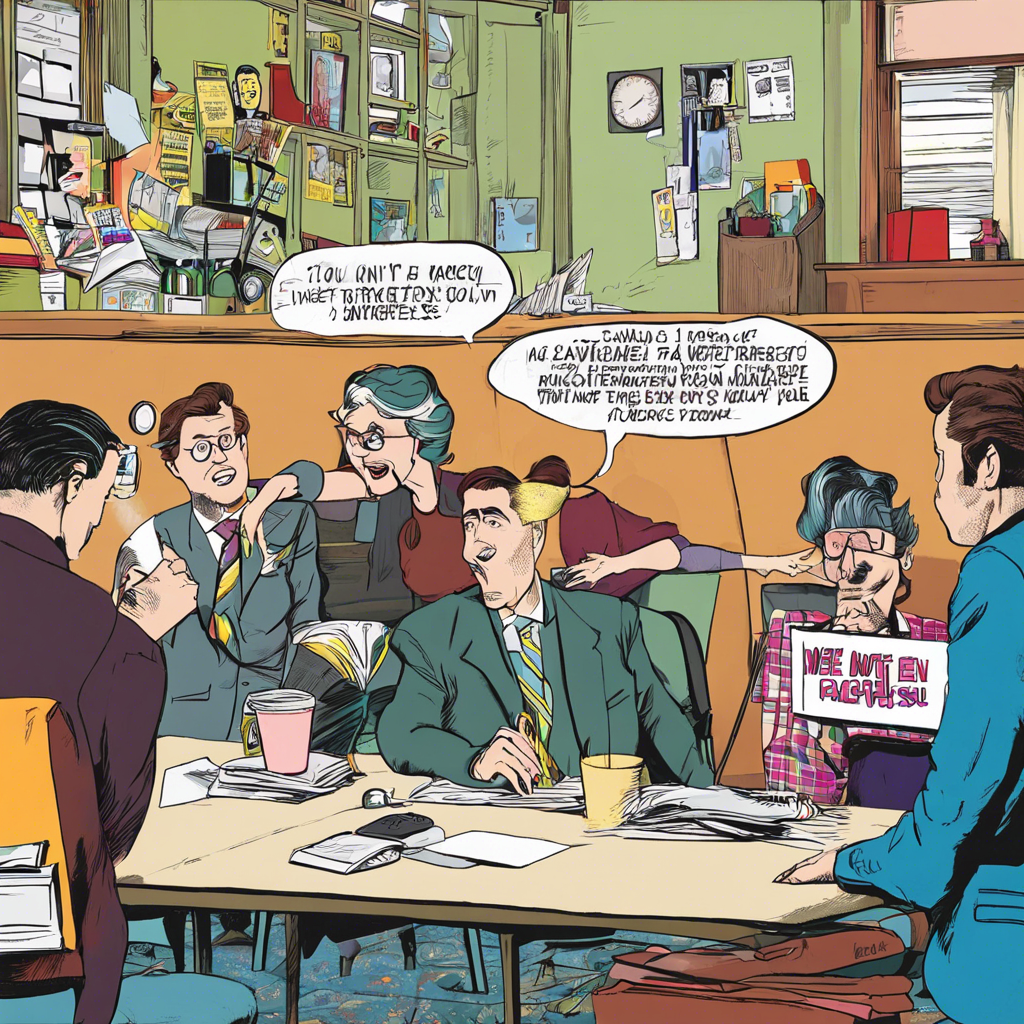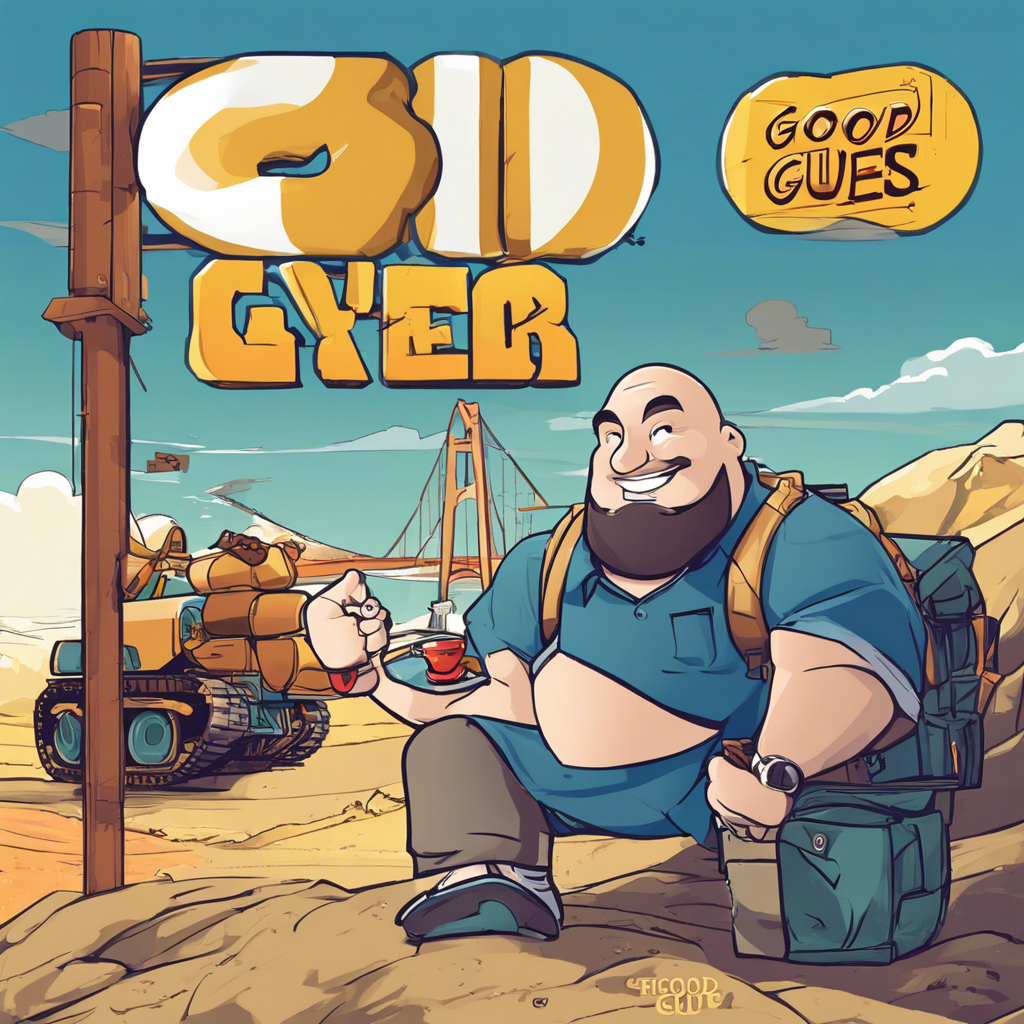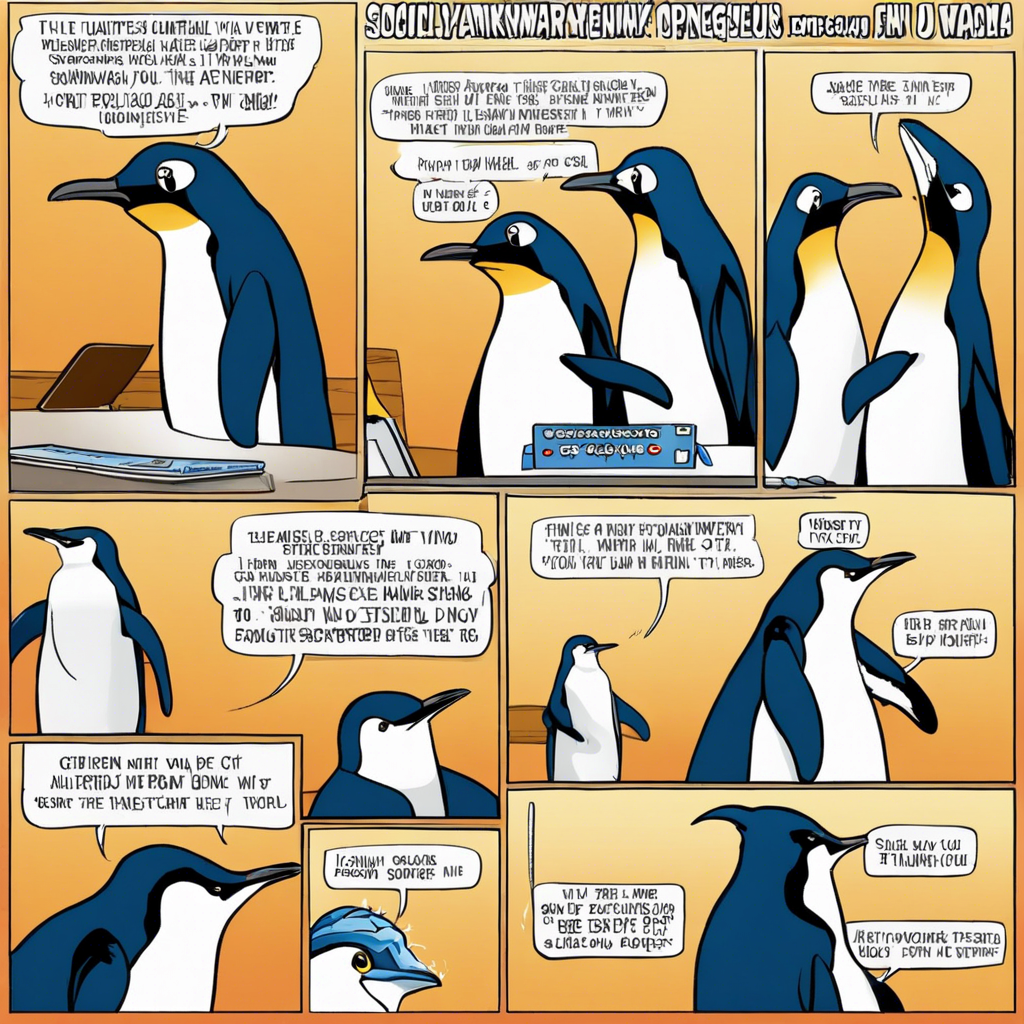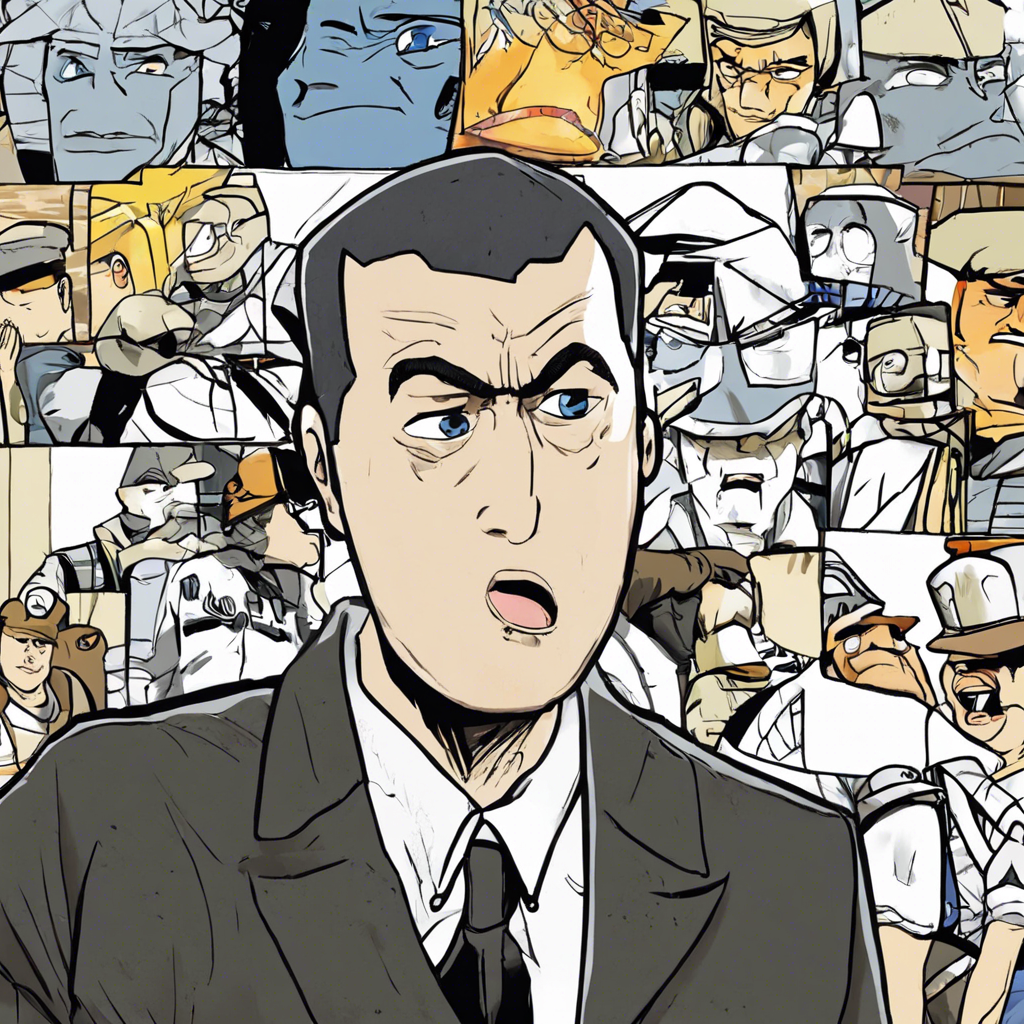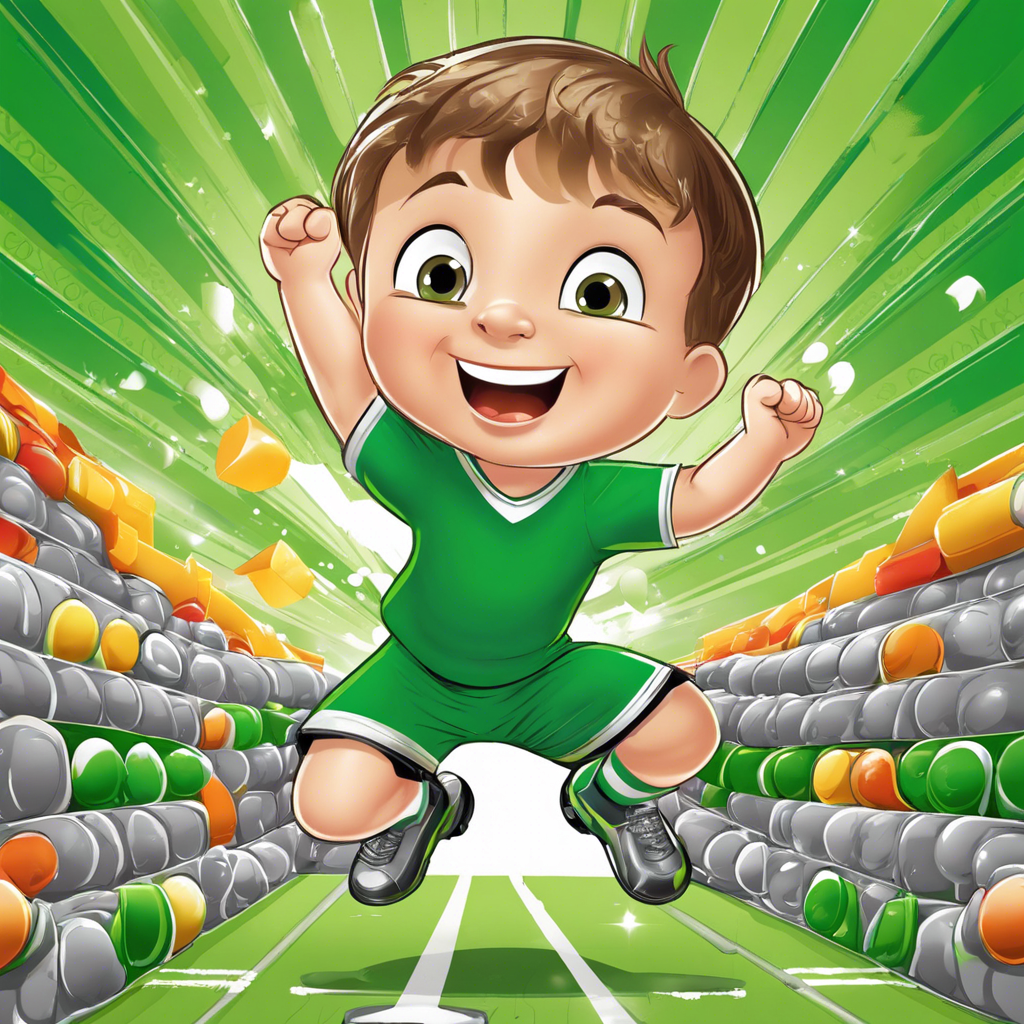When Teachers Don’t Believe: The Shocking Reality of False Confessions
Once, I tried to explain to a group of teachers that false confessions from innocent students are more common than they might think. I shared a story about a friend who was pressured into admitting to a crime they didn’t commit, and the teachers were shocked to hear it. It’s a reality that needs more […]
When Teachers Don’t Believe: The Shocking Reality of False Confessions Read More »




